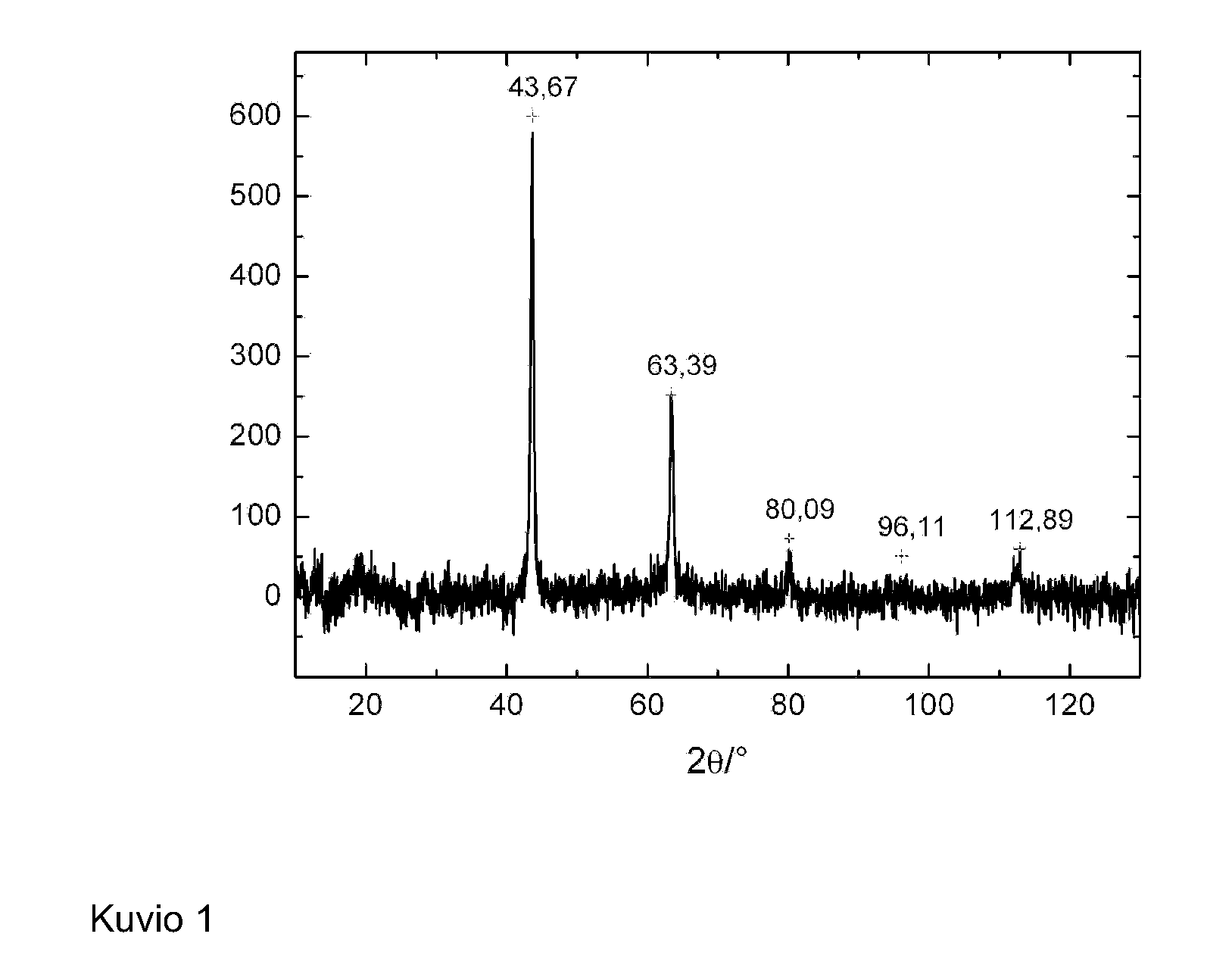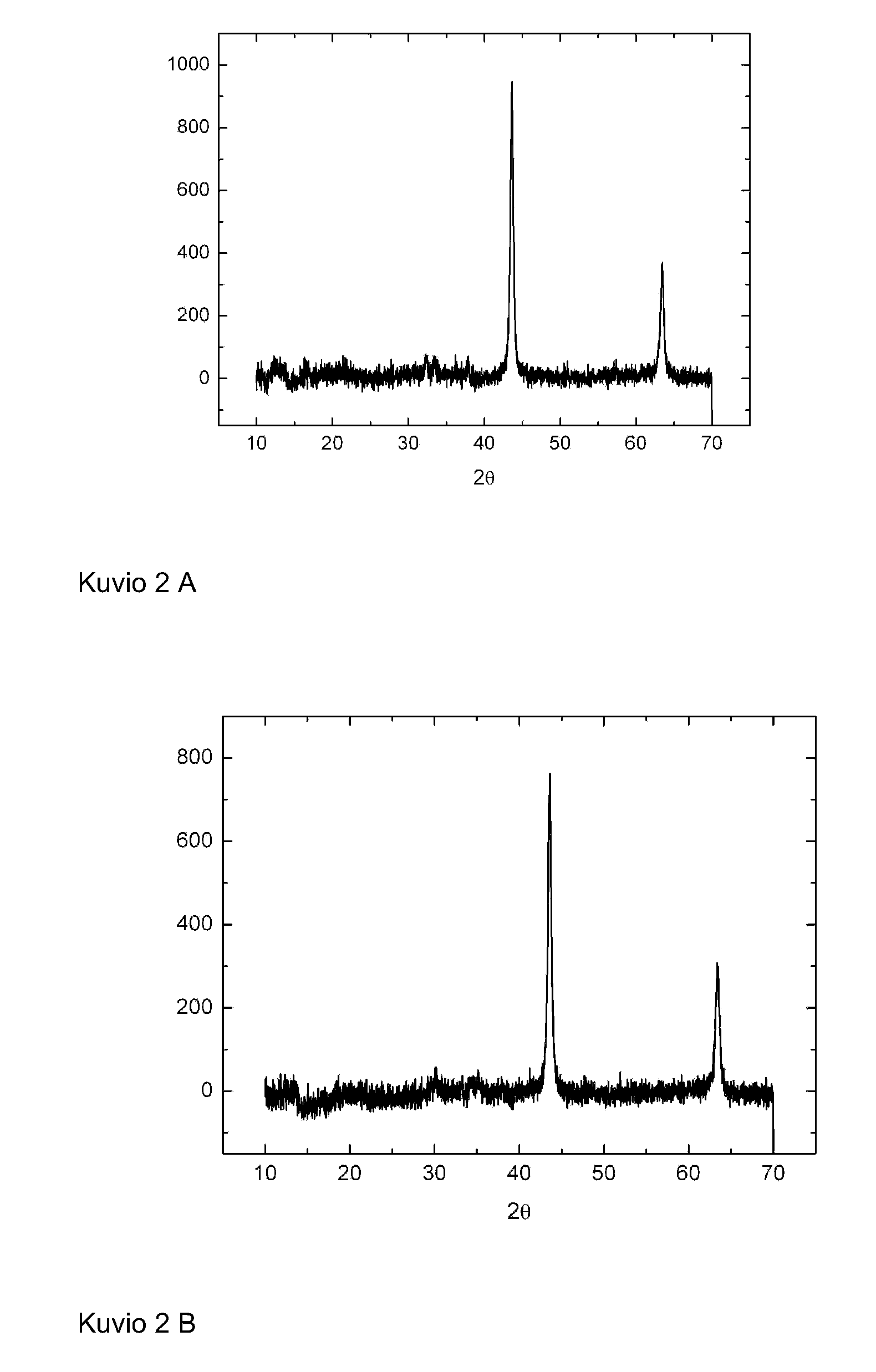Process of preparing alkali metal titanates
a technology alkali metals, which is applied in the field of alkali metal titanates preparation, can solve the problems of inability to flexibly adjust the crystal size of the generated product, the process cannot be used to return li ions, and the limited number of alkali metal titanates, etc., to achieve safe and simple, high lithium content, and simple and effective manner
- Summary
- Abstract
- Description
- Claims
- Application Information
AI Technical Summary
Benefits of technology
Problems solved by technology
Method used
Image
Examples
example 1
[0065]Titanium dioxide production by the sulphate process was initiated by reacting ilmenite concentrate with sulphuric acid. The solid reaction cake that was generated was dissolved by means of water and waste acids. Impurities were removed and iron sulphate was crystallized out. The titanium-containing solution was concentrated and the titanium dioxide hydrate was precipitated by hydrolysis. This precipitate material was washed in several stages to render it free of salts.
[0066]About 10 tonnes of washed titanium dioxide hydrate precipitate material, expressed as TiO2, was elutriated with water to a density of 300-400 g / l, the aim being 350 g / l. The slurry thus created was made strongly alkaline, pH>11, by adding about 15 tonnes of NaOH in the form a 700 g / l NaOH solution at 60° C. The temperature of the slurry was raised to 95° C. and the slurry was agitated at this temperature for two hours. During the treatment, the titanium dioxide hydrate material reacted with the lye, forming...
example 2
[0072]Lithium titanate was produced as described in Example 1, except that the addition of lithium hydroxide was followed by division of the sample into two parts, with the first part being agitated at room temperature overnight (for about 20 hours) and the second part in a water bath at 60° C. overnight, respectively. Both samples were dried in a rotating drying furnace at 200° C. for 120 minutes.
[0073]As in Example 1, X-ray diffraction analysis demonstrates the formation of crystalline lithium titanate with an average crystal size of about 25 nm in both samples. Peaks characteristic of anatase were not present in the diagrams. According to chemical analyses, these LixTiyOz samples have an Li:Ti molar ratio of 1.42 and 1.39, respectively, with the z:y molar ratio being 3.5 in both samples. The diffractograms for the products are presented in FIGS. 3 A (25 C) and B (60° C.).
[0074]The sample that had been reacted at 60° C. was processed further by washing it with plenty of water and ...
example 3
[0076]The washed titanium dioxide hydrate material from Example 1 is elutriated in water so that the concentration of the slurry, expressed as titanium dioxide, was about 300 g / l. The slurry was heated to 60° C. and the pH was adjusted to 6.4 with sodium hydroxide. The slurry was processed at 60° C. under continuous agitation for 120 minutes. The pH was kept constant (6.4) throughout the treatment. The precipitate was filtered and washed with plenty of warm water. A small amount of the obtained cake was dried at 105° C. According to analyses, the dried cake had a sodium concentration of 68 mg / kg and a sulphur concentration of 0.11% by weight.
[0077]The rest of the cake as re-elutriated in water to a density of 300 g / l. The slurry was divided into four parts (Samples 1 to 4). Solid lithium hydroxide (LiOH.H2O) was added to each part and they were treated according to Table 4.
TABLE 4Amount ofLiOH•H2Oadded perSample50 g of TiO2Li / Ti molTreatment121.50.82agitation at room temperatureover...
PUM
| Property | Measurement | Unit |
|---|---|---|
| specific surface area | aaaaa | aaaaa |
| particle size distribution d50 | aaaaa | aaaaa |
| temperature | aaaaa | aaaaa |
Abstract
Description
Claims
Application Information
 Login to View More
Login to View More - R&D
- Intellectual Property
- Life Sciences
- Materials
- Tech Scout
- Unparalleled Data Quality
- Higher Quality Content
- 60% Fewer Hallucinations
Browse by: Latest US Patents, China's latest patents, Technical Efficacy Thesaurus, Application Domain, Technology Topic, Popular Technical Reports.
© 2025 PatSnap. All rights reserved.Legal|Privacy policy|Modern Slavery Act Transparency Statement|Sitemap|About US| Contact US: help@patsnap.com



